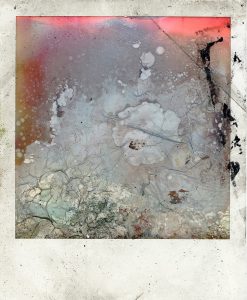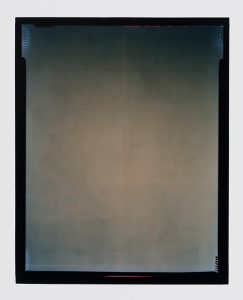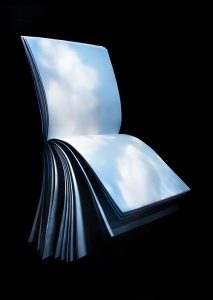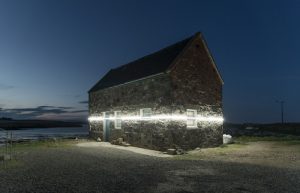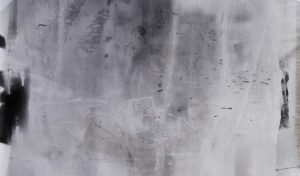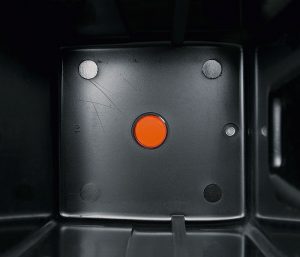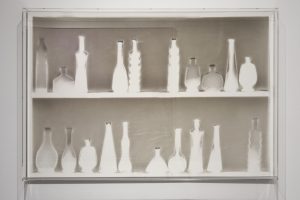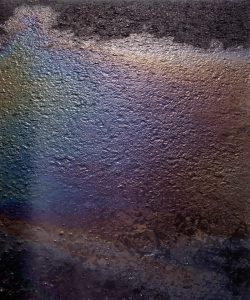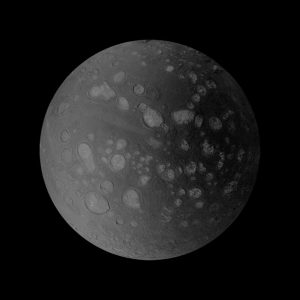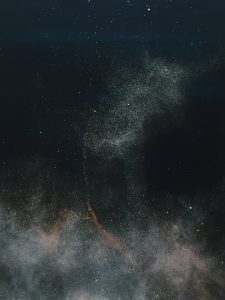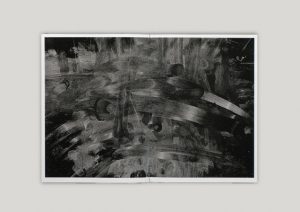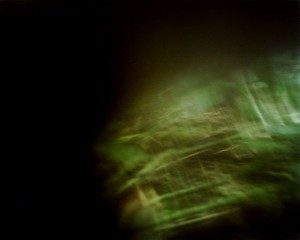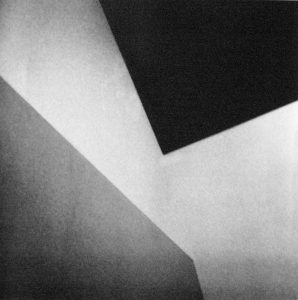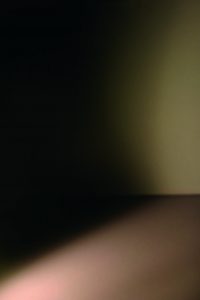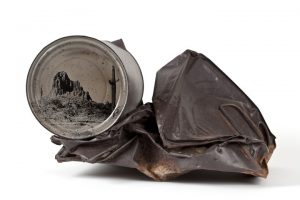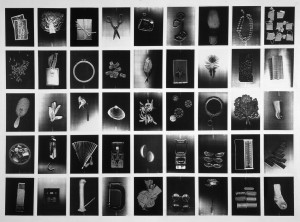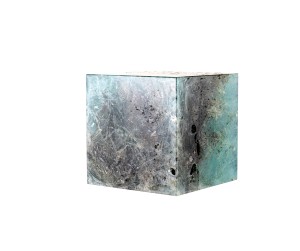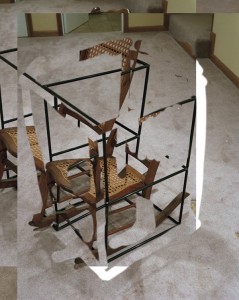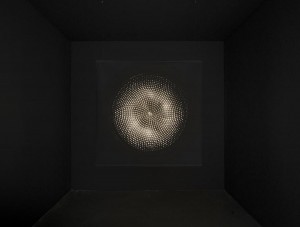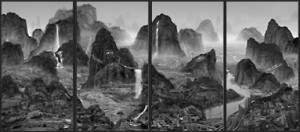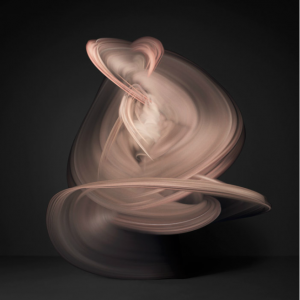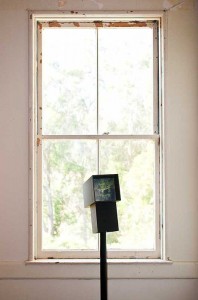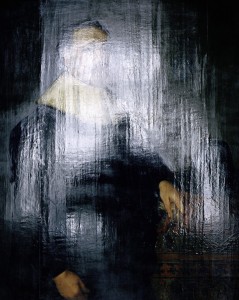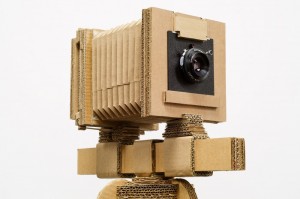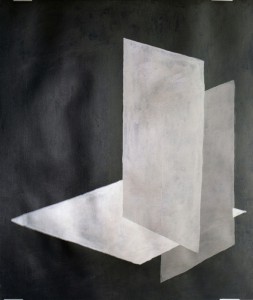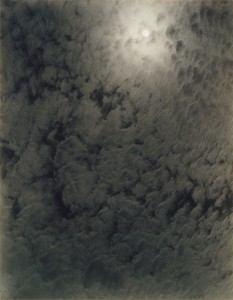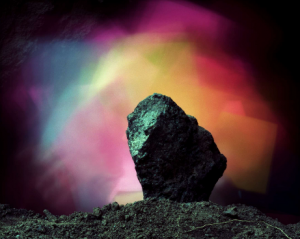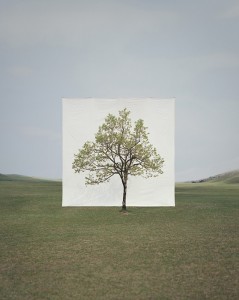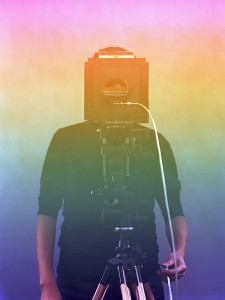Archived entries for photographers
Arnaud Gerniers
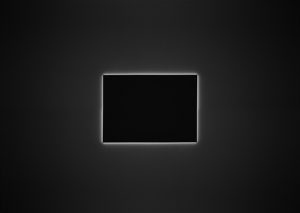
Black Edge
Link
Peter Miller
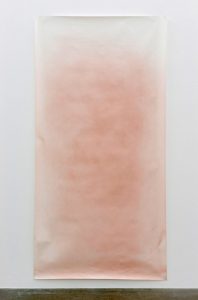
Spraytan on paper
Faux Foto
Juliet Ferguson

Stolen Images
Does photography demand a presence or are photographs taken using appropriated cameras controlled from another country in another time zone just as valid as ‘created’ images?
Randy West
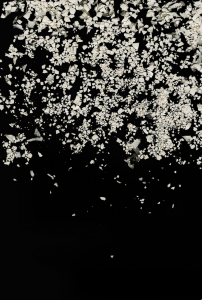
I’m not picking up after you anymore
link
Adrian Sauer

16,777,216 colors, 125 x 476, Digital C-Print, 2010
Each one of the possible 16,777,216 colours in the 8-bit color mode
is represented exactly one time, and randomly distributed, in the picture
Simon Read
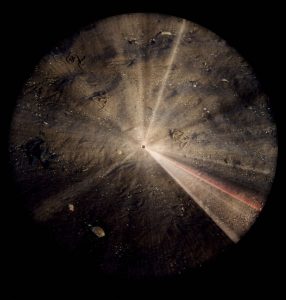
Still Time
link
Patrick Bailly-Maître-Grand
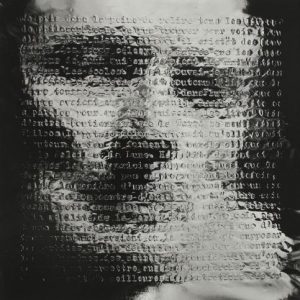
testaments
link
Amy Theiss Giese
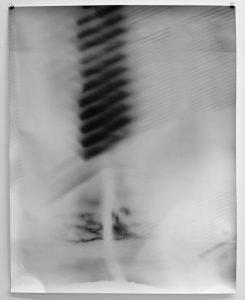
Concealed at first at last I appear
link
Richard Caldicott
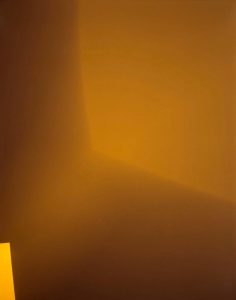
Chance / Fall (3), 2010.
Link
Cornelia Parker
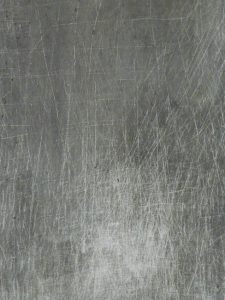
The Collected Death of Images (detail), 1996.
Reclaimed silver from photographic fix.
Floris Neusüss
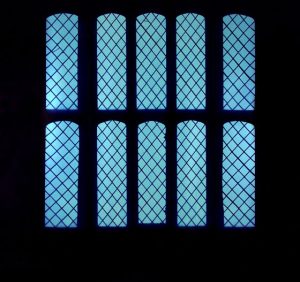
The Latticed Window, Lacock Abbey
Knowing of the resonance of the place, and the philosophical implications of the window image, Neusüss covered the interior of the window with photographic paper at night. He exposed the paper by shining a light from outside. The resulting photogram recreates the subject of Talbot’s negative.
Gottfried Jäger
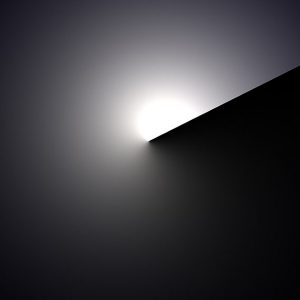
Concrete Photography
photography-now
credo
August Strindberg

Celestographs, 1894
Placing his photographic plates on a window sill
or perhaps directly on the ground and letting them
be exposed to the starry sky.
link
Marco Breuer
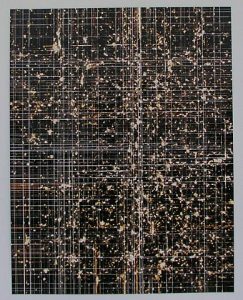
Tremors #3
link
known for his radical approach to the medium. Much of his work is undertaken without the aid of a camera, aperture, or film, being instead produced through a combination of photogrammic, abrasive, and incisive techniques.
wiki
Andre Pinkowski
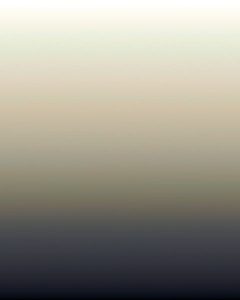
A Reconstruction of Codes
Singer Liz McClarnon opening the New Look Shop in Liverpool, UK.
MATERIAL LIGHT
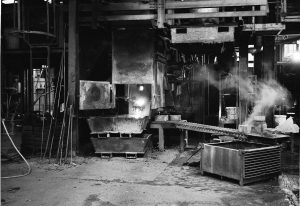
Jack Hirons
Silver Loop – B&W 16mm Film, Looped
MATERIAL LIGHT is an exhibition of comtemporary and historical works which examine the material nature of the photographic image.
Now Light, where it exists, can exert an action, and, in certain circumstances, does exert one sufficient to cause changes in material bodies.
Fox Talbot
Trevor Paglen
Trinity Cube (2015)
Irradiated broken glass collected from inside the Fukushima Exclusion Zone forms the outer layer of this sculpture. The work’s inner core is made out of Trinitite, the mineral created on July 16, 1945 when the United States exploded the world’s first atomic bomb near Alamogordo, New Mexico, heating the desert’s surface to the point where it turned surface sand into a greenish glass.
extracts of local distance
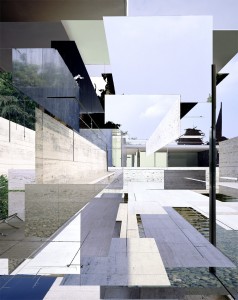
BarcelonaPavilion
Countless fragments of existing architectural photography are merged into multilayered shapes. The resulting collages introduce a third abstract point of view next to the original ones of architect and photographer.
link
Lucas Blalock
I started to think of the real and the false in this way partially through Jean-Luc Godard, which, in turn, led me to Bertolt Brecht’s ideas about theatre, and gave me a model for thinking about photography. link
lucasblalock.com
Rika Noguchi
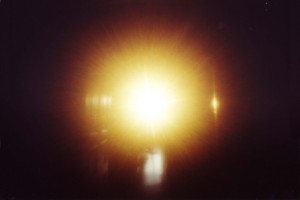
Her “Sun” series (begun in 2005) shot the sun using a pinhole camera,
emphasizing a very Earth-bound perception of the solar body.
link
Alfred Stieglitz
Equivalents is a series of photographs of clouds
taken by Alfred Stieglitz from 1925 to 1934.
They are generally recognized as the first photographs
intended to free the subject matter from literal interpretation,
and, as such, are some of the first completely abstract
photographic works of art.
Brice Bischoff
Bronson Caves
In the series of photographs titled Bronson Caves, the caves served as a stage set yet again. I performed actions for the camera with massive sheets of colored paper. Since a long-exposure photograph was produced rather than a motion picture, the papers were recorded as voluminous, glowing colors. The materiality of the rainbowed forms, emerging from the mouth of the cave, dancing about the canyon, and bubbling up from the ground, are based solely in the photographic process, and can only be experienced when viewing the final photographic prints. If a visitor to the caves were to accidently stumble upon my performance they would only see a mass of crumbled colored paper draped awkwardly over a man moving/dancing to a camera positioned on a tripod. The goal of these performances was to create sculptural, photographic objects that interacted with the history and architecture of the caves.
Myou Ho Lee
Physical Isolation and its Visual Confirmation
Myoung Ho Lee separates subjects from their original circumstances to derange the difference between subject and image. His work reveals nature by twists and turns, a little fabrication and optical illusion.
Myoung Ho Lee enacts his works as ‘a series of discourses on deconstruction in the photography-act’.
His works are largely composed by following four procedures:
1. Selection of The Subject
2. Separation of The Subject (meta-subject)
3. Photographing
4. Confirmation of The Separation
Akihiko Miyoshi
The photographs are taken facing a mirror with colored tape adhered to the front of the camera’s lens as they attempt to unpack the structural mechanics of photographic representation. The tapes obstruct the lens creating a field of color that cloud over the frame and the reflection of the artist. The photographs are on the verge of becoming abstract recalling color field paintings. Yet paradoxically it simultaneously reinforces its photographic origins by insisting on its own indexicality.
Sonja Braas
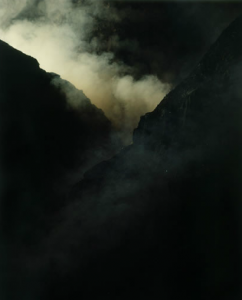
The Quiet of Dissolution
.com
